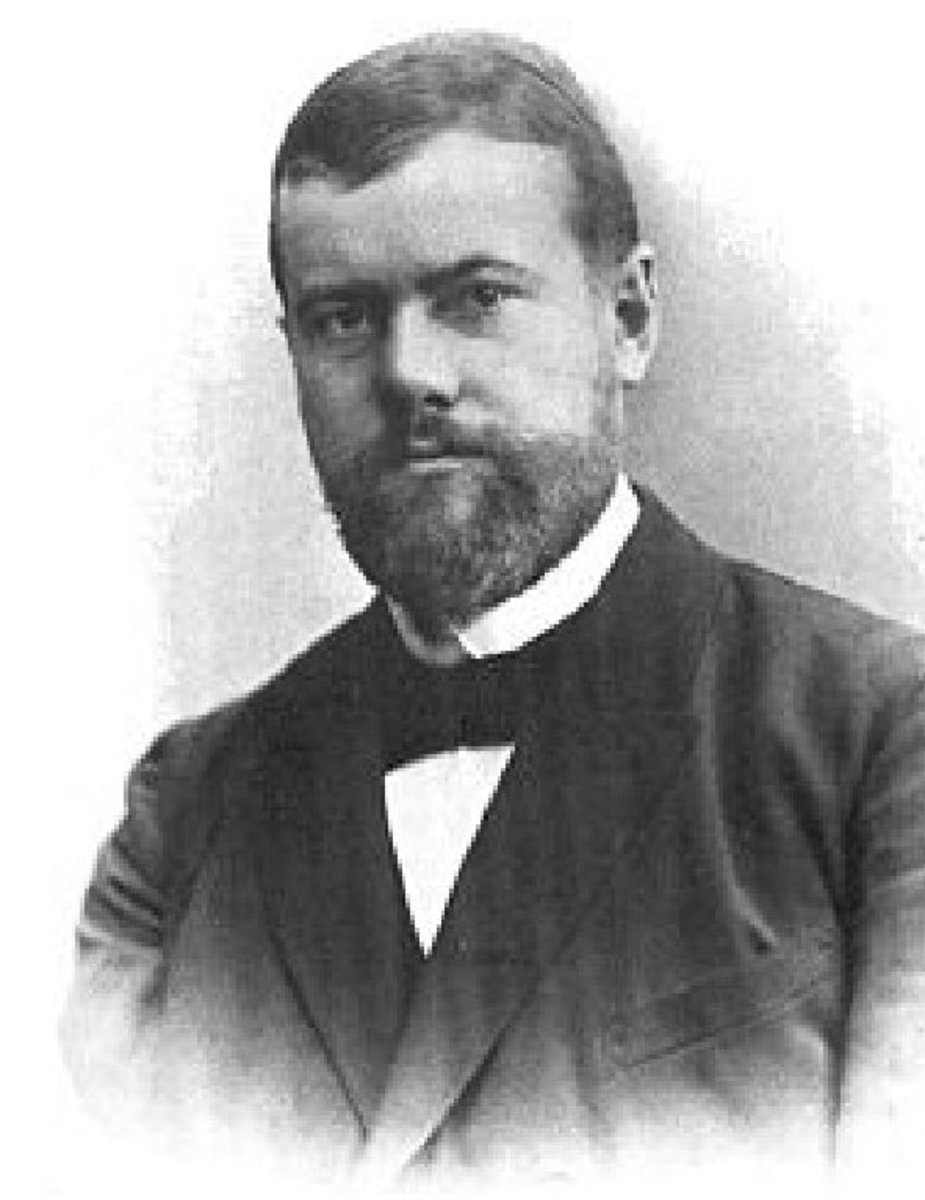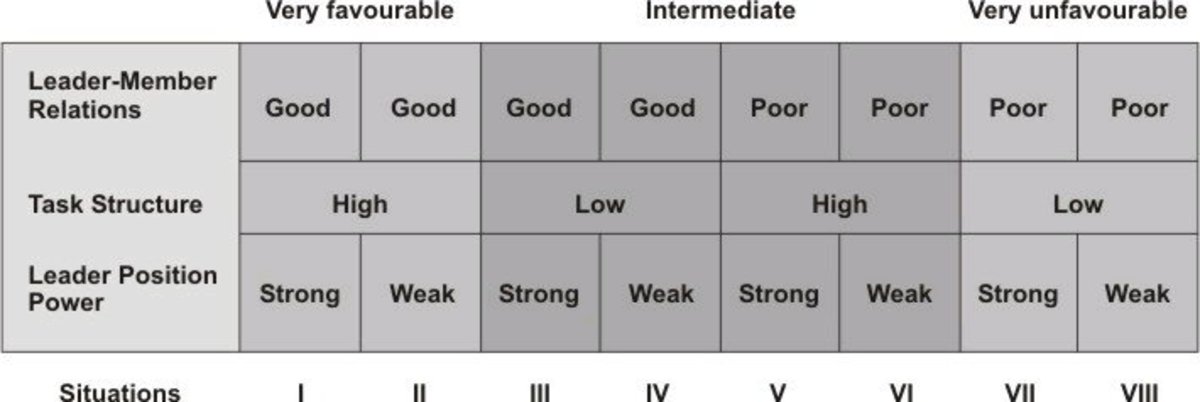Transformational Leadership Model For 21st Century Corporations
©Adrienne Manson All rights reserved no parts of this content may be reproduced without the authors sole permission
The model of the transformational leader focuses on the follower being transformed into a leader. The transformational theory has a concept which is in correlation to military, industry, public schools and government agencies. Such models/theories have the logical-ideologies of preparing the followers to metamorphosing into being a great leader. To further detail the theory of transformational leadership for example; Couto, R. A. (1993) denotes, “There is a special power entailed in transforming leadership. Leaders “armed with principles and rising above self-interest narrowly conceived” are invested with power that “may ultimately transform both leaders and followers into persons who jointly adhere to modal values and end-values.” The differences between the transformational leader and the transactional leader are as follows:
TRANSFORMATIONAL
| TRANSACTIONAL
|
|---|---|
*positive relationships
| *lead by controlling
|
*greater levels of effectiveness
| *enhances stability by controlling
|
*notable performance by transforming followers
| *less positive effectiveness than transformational leadership
|
Transformational and transaction leaderships are best effective by creating a balance of functionality to create an equal flow of harmony between the leader and the follower. Within the transformational leadership theory leaders are effective, organized, and have a positive relationship with their sub-ordinates.
The transactional leadership model theory is built upon the foundation of cause and effect reactions. The cause and effect is historically known for its reaction due to a cause of events. Kuo, C.C. research clearly examined the impact on transactional leadership, and its effect, he concluded; “Since transactional leadership is a kind of social exchange behavior, leader always evaluates the performance and response of subordinates first in making appropriate distribution of rewards (Bass, 1985; Burn, 1978; Podsakoff et al. 1990).” (Kuo, C.C. 2004). Followers are corrected only after an unacceptable event has occurred. The transactional theory supports its model on the reward contingency. The reward factor is similar to the teaching of corrective behaviors in a child.
The transactional theory/model has the component of leader monitoring which have variables to the transformational model, but does not depend on an accumulation point system such as a corporation who use this model to reward employees with a reward points system to be used in exchange for days off with pay or other similar rewards.
Transformation and transactional theories are similar in theory when analyzing the measureable outcomes of the two. Although transformational leadership has a greater scale of outcome effectiveness the two are similar due to being able to create followers into responsible leaders. In contrasting the two leadership models the transformational model has a servant component which induces a positive response from followers whereas transactional is modeled after emotional and corrective behavioral responses. According to Avolio, B.J. and Yammarino, F.J. “Transformational leadership clearly had more positive relationships with measures of effectiveness, satisfaction, and performance as compared to transactional and non-transactional leadership” (2002).
Both transformational and transactional leadership theories are similar whereas in addressing ethical challenges which are embedded in corporate infrastructure. In today’s 21st century corporate America contemporary leadership issues and challenges are many. Organizations have placed a higher level of productivity, and not addressing issues in relation to moral ethics, and values which are the new thoroughbred for characteristics in 21st century leaders.
Transformational model of leadership addresses contemporary issues by developing leaders who are ethically diligent in performing their duties. The transactional model holds followers responsible for their actions in order to maintain the high ground of developing followers into leaders who are abreast in regard to contemporary challenges.
Contemporary leadership model has a complex mode as follows:
a.) The Autocratic Style
b.) Democratic Style
c.) Laissez-faire
All variations of leadership style coincide within the contemporary leadership model. The autocratic style refers to the leader who uses the tight control method of leading. While the democratic style is inclusive of everyone’s voice having a valued opinion. The laissez-faire style of contemporary leader has the “do as you please” type of leading. All models of leadership style were studied and researched by various academia, researchers, and psychologist, and analysis who examined the behavior of all leadership model/theory by using the leadership Behavior Description Questionnaire (LBDQ).
The charismatic leadership model is one which is favored by most followers. Charismatic leadership encompassed characteristics of the leader having a balance of vision, being able to energize followers, the ability to encourage followers to set high expectations for their work as well as co-workers. Charismatic and contemporary leadership theories contrast by contemporary encompassing many styles and approaches while charismatic leadership is detailed, specific and encouraging followers to work at their highest level of performance without any resistance to the leader. In comparing the difference between charismatic and contemporary the charismatic leader has the ability to stimulate followers to work toward a goal and/or accomplishment with excitement. The follower takes pride in following the charismatic leader.
The contrast with the contemporary model the leader focuses on the task and not the follower. The contemporary leader is task motivated whereas the charismatic leader is a visionary. Each model has it different variation leadership characteristics. The transformational leader differs from the charismatic by:
A) Transformational model focuses on transforming followers
B) Charismatic focuses on creating accomplishments by energizing followers
Contemporary issues and challenges can be described as the complete analysis of an organization’s problem, conflict within the chain of command, poor productivity by employees, poor communication between co-workers ethical issues within the hierarchy of leadership, no resolution development from leadership, and low-level and/or non-existent of positive comradeship between co-workers. Tichy, N.M. and Devanna, M.A.(1990) elaborated on these challenges when they stated; “transformational leaders must not only diagnose their organizations’ strengths and weaknesses and match them against the environmental opportunities, but they must also find ways to inspire employees to meet these challenges. This vision of the future must be formulated in such a way that it will make the pain of changing worth the effort”.
The transactional leadership model has incorporated a practical model which is proficient in handling contemporary challenges in negotiating, and role conflicts. This particular model best deals with these issues due to its task related focus of execution within the company. It is the managers obligation to act as the negotiator when problems transpire within the organization. The author Yukl (2006) states it best in Leadership in Organizations, when he expounded on the role of the negotiator he examines the role by using the this verbiage; “Any negotiations requiring a substantial commitment of resources will be facilitated by the presence of a manager having the authority to make this commitment. Managers may participate in several different types of negotiations, including negotiations with unions involving labor-management contracts or grievances;”
Charismatic leasers are exceptional in handling contemporary issues which relate to comrady between co-workers. This model has the significance of energizing followers to produce positive feedback which equate to high productivity within an organization.
Works Cited
Kuo, C. C. (Sep. 2004). Research on Impacts of Team Leadership on Team Effectiveness. Journal of American Academy of Business, Graduate School of Management, I-Shou University, Taiwan
Tichy, N. M., and Devanna, M. A. (1990). The Transformational Leader: The Key to Global Competitiveness. University of Phoenix: John Wiley & Sons, Inc.
Wren, J. T., (1995). The Leader’s Companion: Insights on Leadership Through the Ages. New York, N.Y.: Simon & Schuster Inc.
Yammarino, F. J., Avolio, B. J. (2002). Transformational And Charismatic Leadership: The Road Ahead. WA, UK: Emerald Group Publishing Limited.
Yukl, G. (2006). Leadership in Organizations. Pearson Prentice Hall 6th ed.







